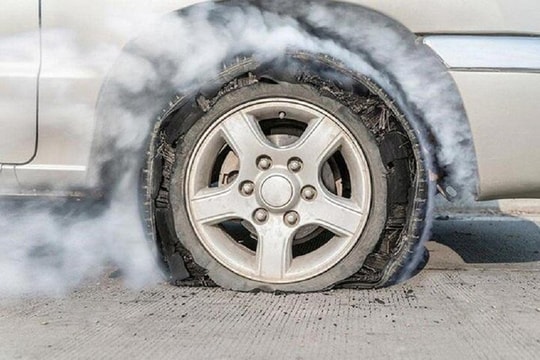How to handle 10 common problems when driving a car
(Baonghean.vn) - There are many dangerous situations that can happen when you drive and it is easy to panic. Below are emergency situations that drivers need to calmly handle to ensure safety when participating in traffic.
1. Tire blowout
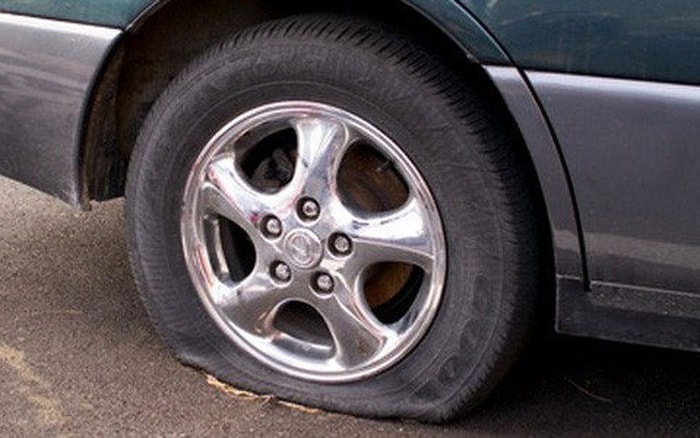 |
Tire explosion is one of the common cases, this problem makes the car lose balance leading to unfortunate accidents. Tire explosion will create a loud bang, causing the driver to lose his composure, very easy to cause an accident.
To avoid risks, drivers should follow these steps: Handle the car to prevent it from turning, by pressing the accelerator pedal for a few seconds. Then slowly release the accelerator pedal to maintain the car's speed. Most importantly, keep the car in the correct lane, try to stay away from the brake pedal, and steer to the side of the road to wait for the rescue vehicle.
2.Tire burst
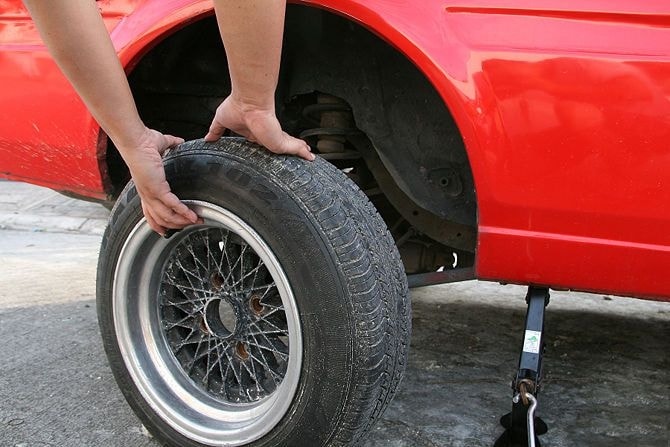 |
This is a very serious technical error that can cause unpredictable damage when you are driving at high speed.
A tire burst is an incident where the inner layer of the tire and the steel wire are partially detached or released, causing strong vibrations that make the vehicle lose balance. In this case, you should slowly press the accelerator and drive straight to a safe place for inspection and repair.
3. Steering wheel is difficult to control
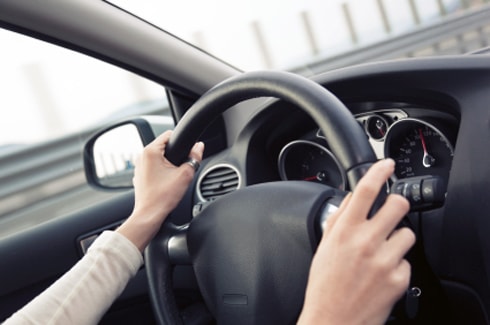 |
While driving, if you find the steering wheel difficult to control, quickly signal, pull over to the side of the road to check if the power steering pump belt is damaged or broken?
If the steering wheel cannot be controlled, stay calm, turn on the hazard warning, downshift, slow down, honk the horn, signal with your hands… and brake.
4. Sudden acceleration
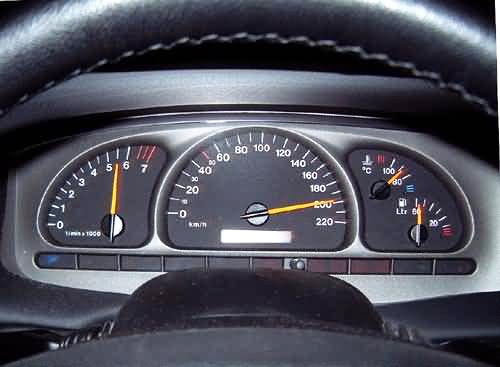 |
This problem has the same symptoms as a stuck throttle, but here the cause is not due to a technical error from the engine but due to the driver's subjectivity when using the accelerator. Many people often panic when encountering surprises on the road and step on the accelerator but still think it is the brake, especially for those who use automatic transmission.
To overcome this phenomenon, you need to try to get used to the vehicle, do not go fast with a strange vehicle and the steps as well as with the throttle if you are still confused.
5. Sudden stop without ABS
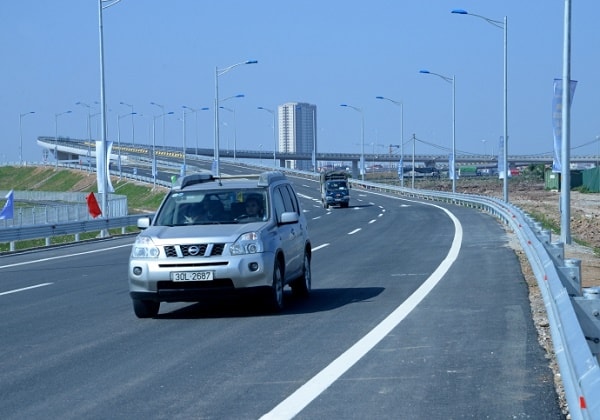 |
To stop suddenly at high speed without ABS, the driver needs to have very good driving skills. Keep pressing the brake pedal firmly but not completely, which will cause the wheel to lock. At this point, the driver must become an ABS system, so that the wheel stops without slipping.
In this case, many drivers often brake and combine it with steering to one side. Continuous braking is the best way to stop the car without skidding, this is also the mechanism of the ABS system.
6. Running off the road
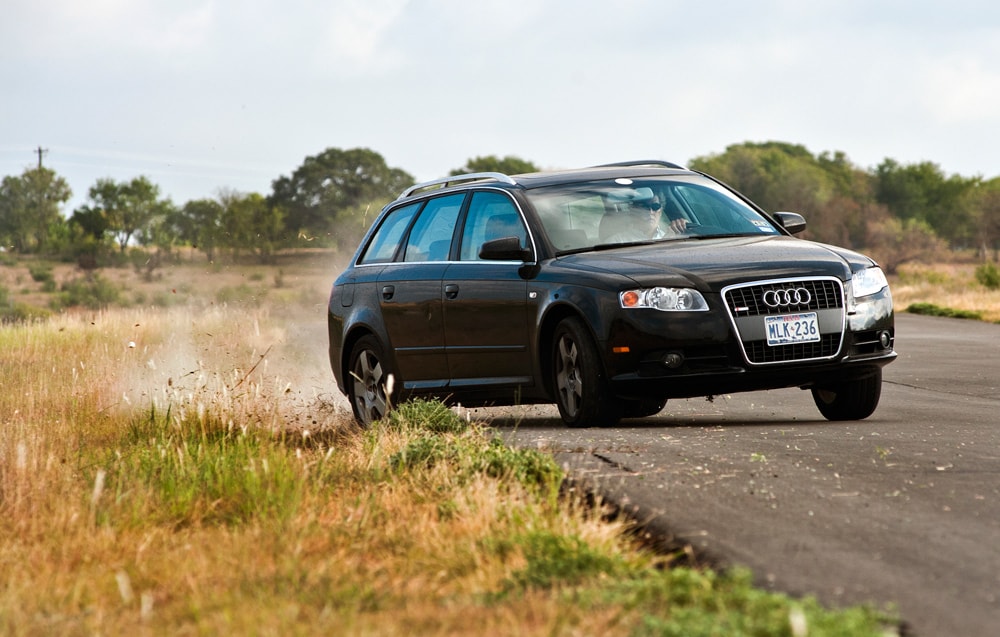 |
A common situation when cornering or avoiding oncoming traffic on small roads can cause the driver to pull both wheels off the road surface. This can be dangerous if the outside of the road is not on a reasonably flat surface.
To handle this situation, you should slowly reduce the throttle, do not use the brakes, steer at a very small angle to slowly bring the car back into the lane, do not steer at a wide angle because the outer surface may not be able to accommodate the rotation of the wheel, leading to an accident.
7. Water slide
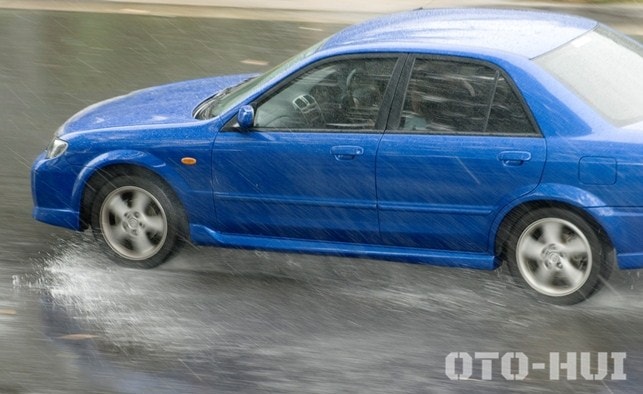 |
On wet roads, especially when the tires are worn, a thin layer of water will form between the tire and the road surface. The tire is actually sitting on top of the water instead of pushing it out to the sides. You will feel the front of the car become lighter and start to drift out of its lane.
When this happens, do not brake or steer, because doing so will cause the car to skid, instead, release the accelerator and try to keep the car going straight until you regain control.
8. Stuck throttle
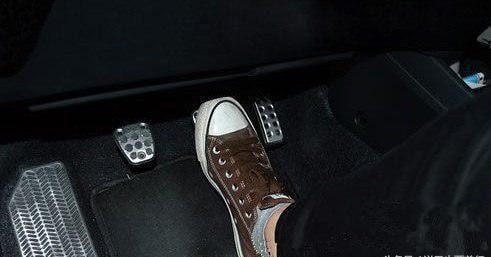 |
When the throttle is stuck, you must stop the car, but first be careful not to get hit by the car behind you.
New drivers with little experience often confuse the brake pedal with the accelerator pedal. If they are nervous, they may press the wrong pedal. At this point, they must immediately take their foot off the pedal to assess the situation.
The gear lever must be shifted to neutral immediately or the clutch pedal can be depressed to disengage. If the gear lever cannot be shifted to neutral, the engine must be turned off. For cars with push-button start, without a key, the only way is to shift to neutral.
9. Brake failure
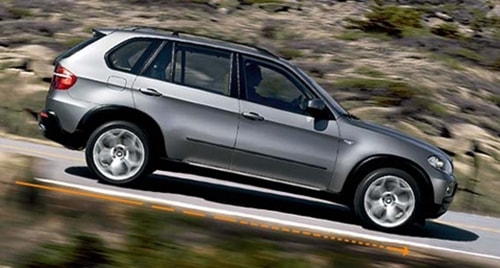 |
Brake failure is a dangerous incident that can easily cause panic for the driver. To handle it, calmness is the most important factor, keep pressing the brake pedal continuously to find a chance for the system to recover, use the handbrake rhythmically and operate the speed reduction technique by shifting gears to hold the car back. Absolutely do not turn off the car engine, this will cause the power steering system to not work, making driving more difficult.
The worst case scenario is to let the car collide with an obstacle. Keep calm enough to choose a soft obstacle like a bush or a mud puddle. If you collide with a hard object like an "eel" or a cliff, try to keep the car at a small contact angle to avoid a head-on collision.
10. Car temperature is too high
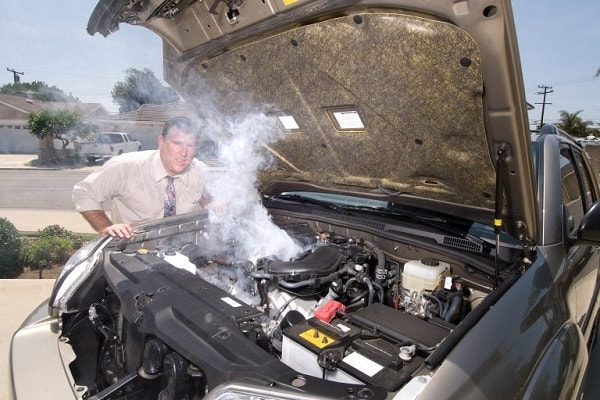 |
If you are driving and see that the car temperature is too high, exceeding the normal level, and the temperature warning light is on, stop the car to check the cooling system. Because when the temperature is high, the main cause is the car engine cooling system.
If you find that the drive belt connected to the pump is broken, do not drive the vehicle. Otherwise, wait 30 minutes for the engine to return to normal, then continue driving and have the vehicle checked immediately for this fault.
If the temperature gauge still shows the light, it is best to call for help to avoid driving and causing fire or engine damage.

